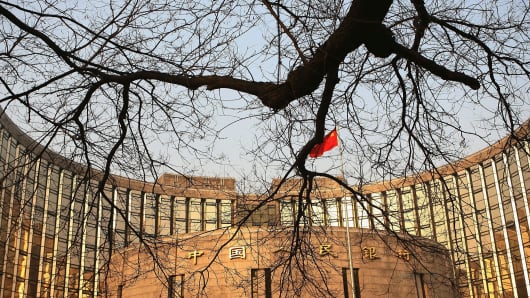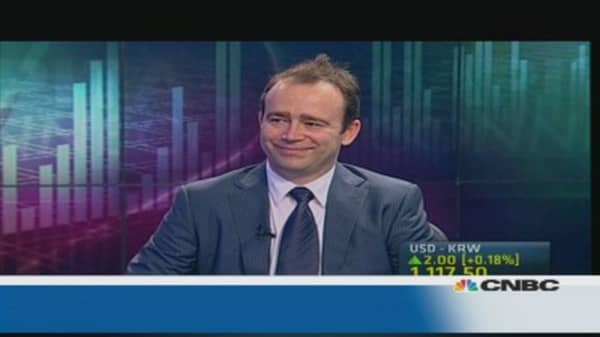Now that China has announced a mini package of fiscal stimulus measures to bolster flagging growth in the world's second largest economy, there's increasing chatter of more support to come in the form of monetary policy easing.
According to China watchers, the People's Bank of China (PBOC) is likely to follow with cuts to banks' reserve requirement ratio (RRR) in the coming months, with a rate cut possibly on the cards as well.
(Read more: Is China about to launch a new round of stimulus?)
"It seems that the government has come around to the view that the economy needs stimulus. The measures they have announced are small and targeted, and because of that, it can't be the end of it. They have to do more," said Dariusz Kowalczyk, senior economist, Asia ex-Japan at Credit Agricole.
The government late Wednesday unveiled initiatives to support growth including cutting taxes for some small and micro-sized enterprises and measures to stabilize exports and speed up railway investment. Economists expect the policies to reduce downside risks to growth and boost confidence in the government's handling of the economy.
(Read more: China offers further pro-growth policy fine-tuning)
Kowalczyk said he expects the country's central bank to cut the RRR by 50 basis points in the fourth quarter in order to restore liquidity to levels seen before the cash squeeze in mid-June, when a spike in interbank market rates resulted in a crunch for banks.





